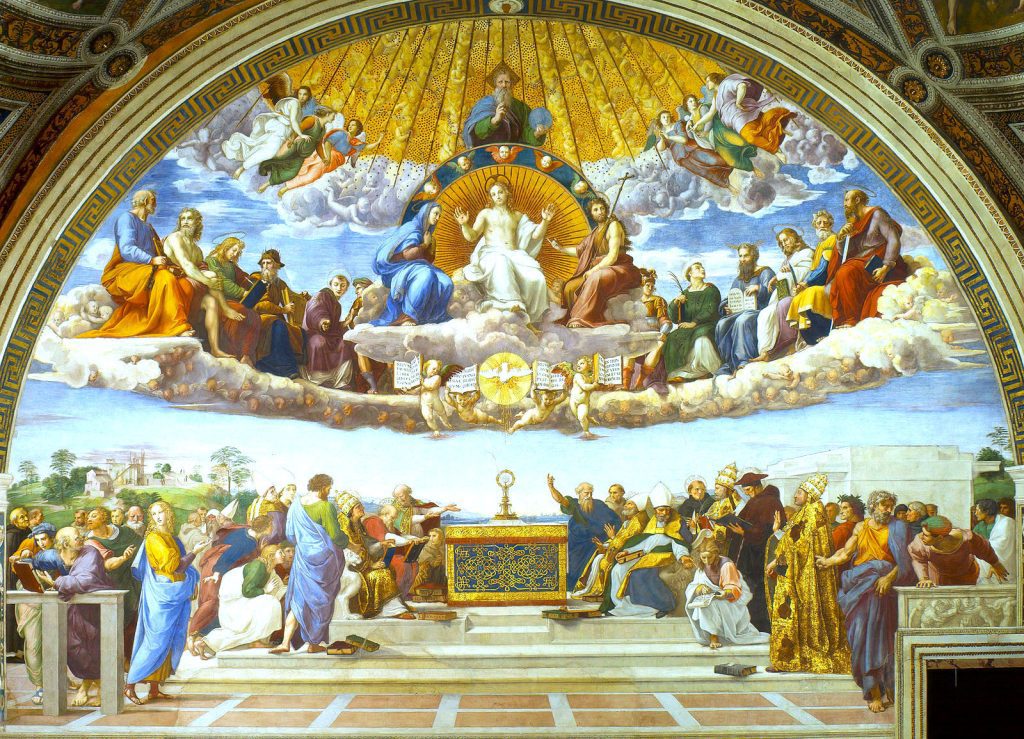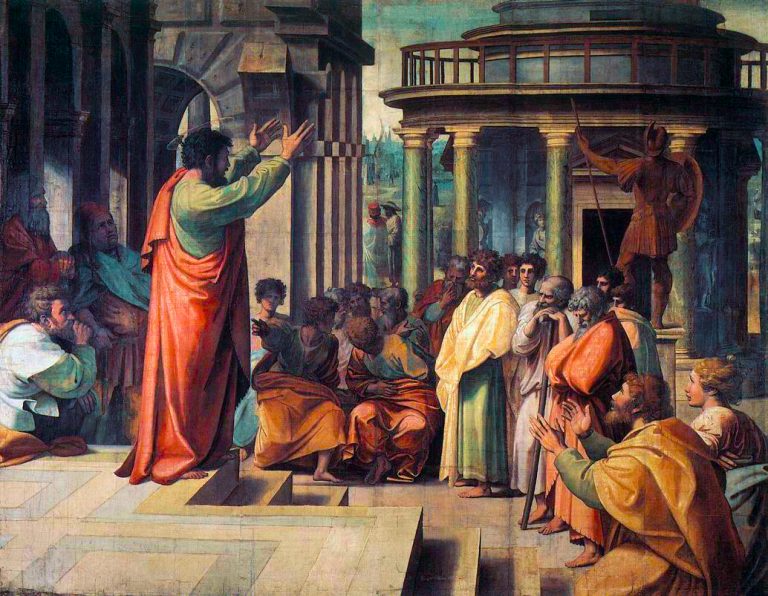Bunyan’s book, Pilgrim’s Progress, makes it clear that all those who will be saved must bypass Vanity Fair, where bright lights and distractions reign supreme. When Conde’ Nast began a magazine of that name, it was as if he were celebrating those who turned away from the straight and narrow path that generations of preceding Americans knew went to Heaven.
Nast began publishing Vanity Fair in 1913. It stopped being published as a separate entity in 1936, when it was joined with Vogue. It it’s beginning, huge technological changes were taking place in the United States. Before WWI, more than half the populations was involved with agriculture. During the Vanity Fair run, tractors, combines, corn pickers, cotton pickers, trucks, radios, telephones, and electricity had set the stage for the move of millions of rural Americans into cities.
At the same time, wealth shifted. The newly wealthy, and the old rich who were newly corrupted, thought that vanity was good. Some philosophers began to recycle the old Epicurean ideals to justify the notion that “People should be happy, and do what they like”.
After almost fifty years, the magazine was resurrected in 1983, almost half a century after it closed. Without Vanity Fair to tell them how to think and what to do, the nation had gone through wars in Europe, the Pacific, Korea, and Viet Nam. Increasing automation had divorced more people from occupations that directly worked with others. Then, it was time for vanity to be thought “fair”.
It is glib and shallow. Amusing, but empty. It endlessly celebrates all that is against The Church. It is a comfortable haven for those who do not love their neighbors and don’t want to think about what’s coming.








